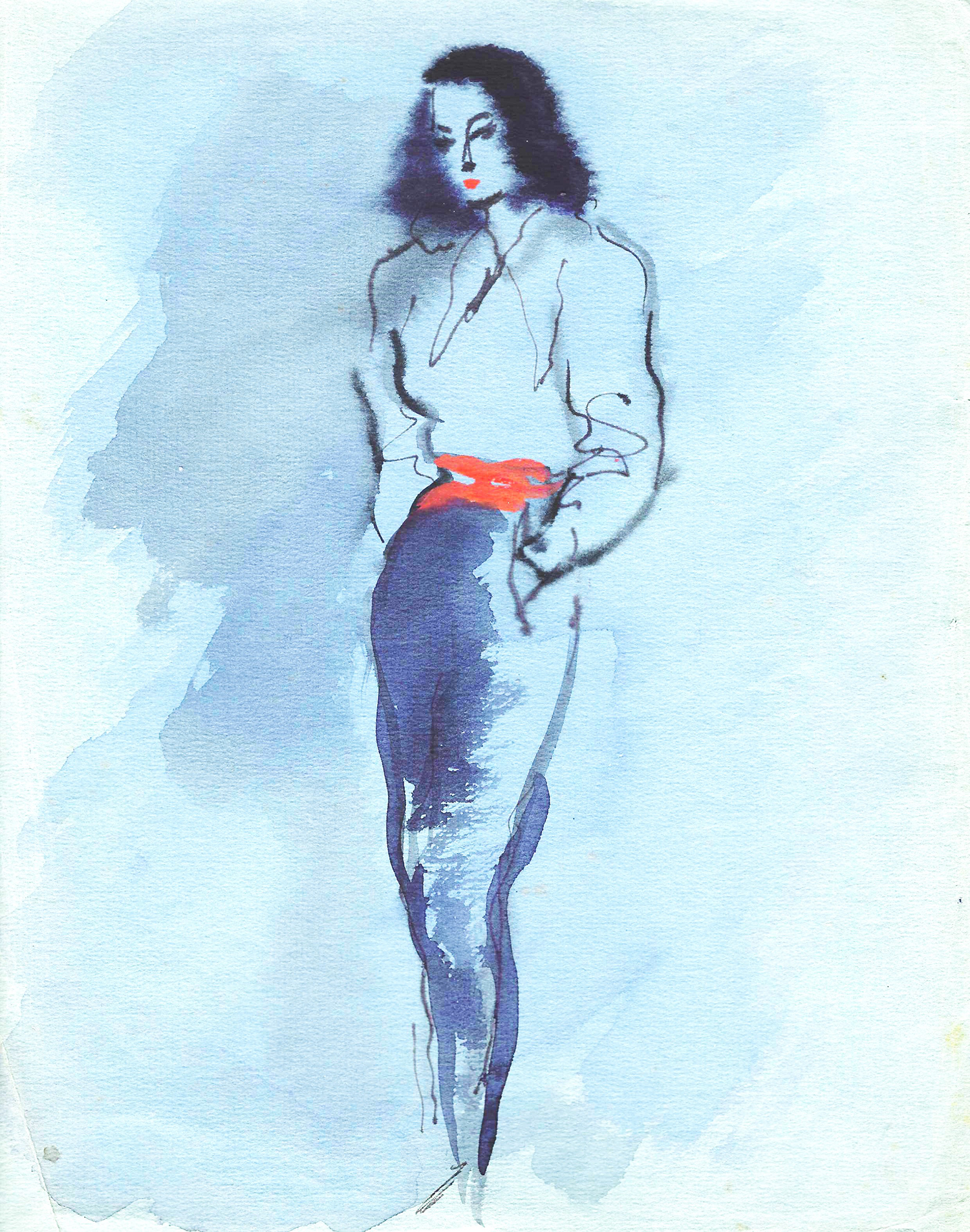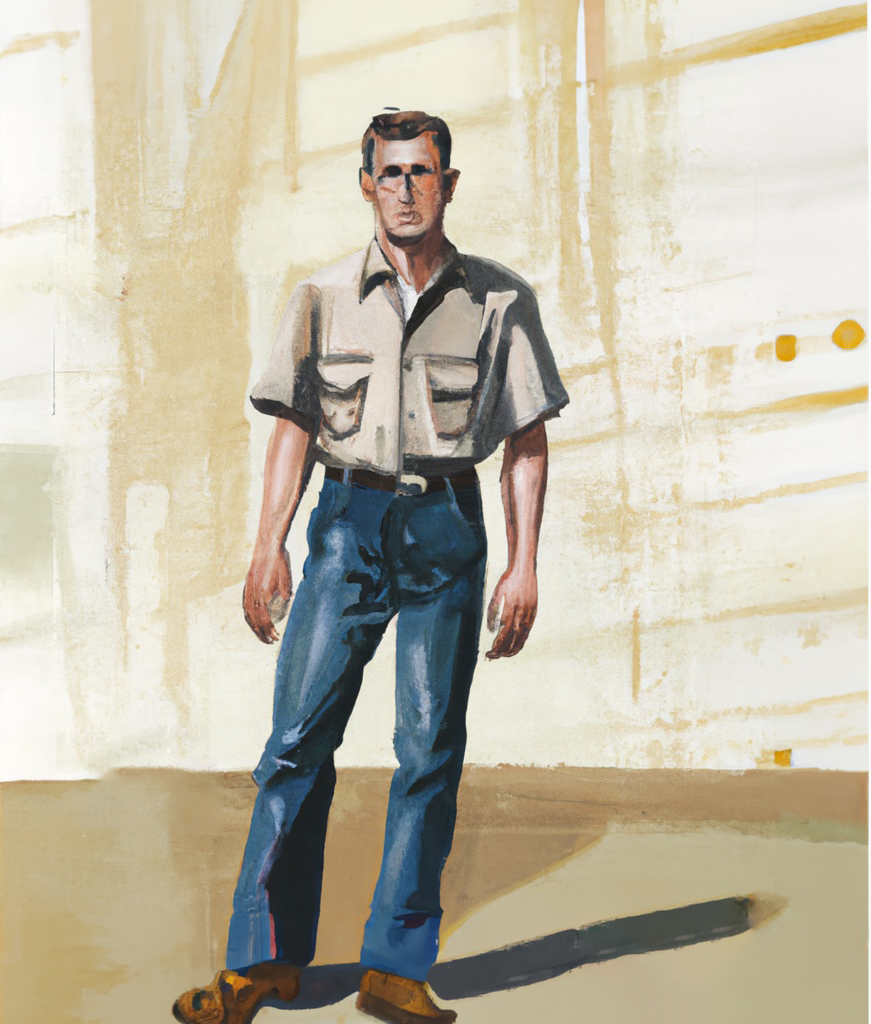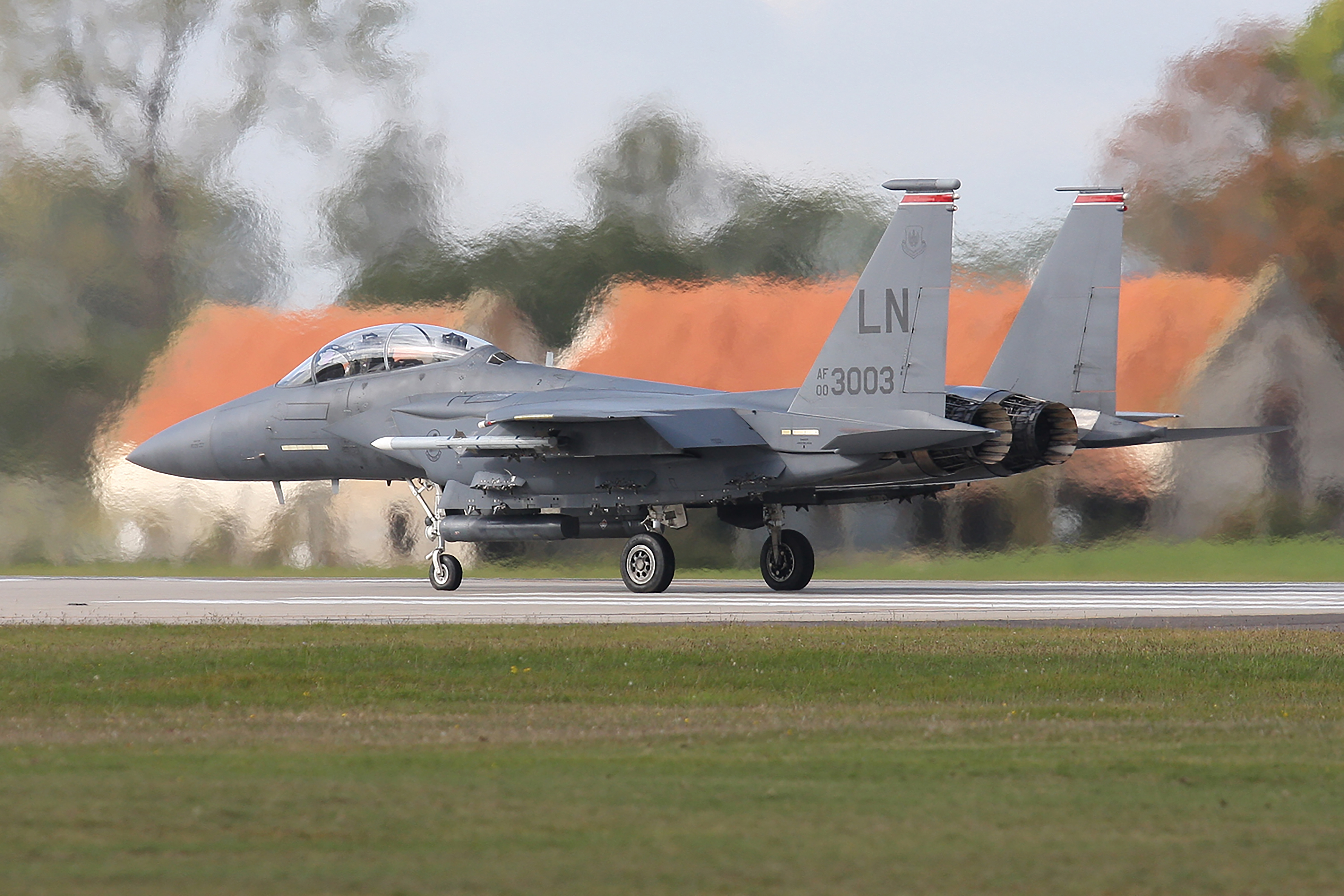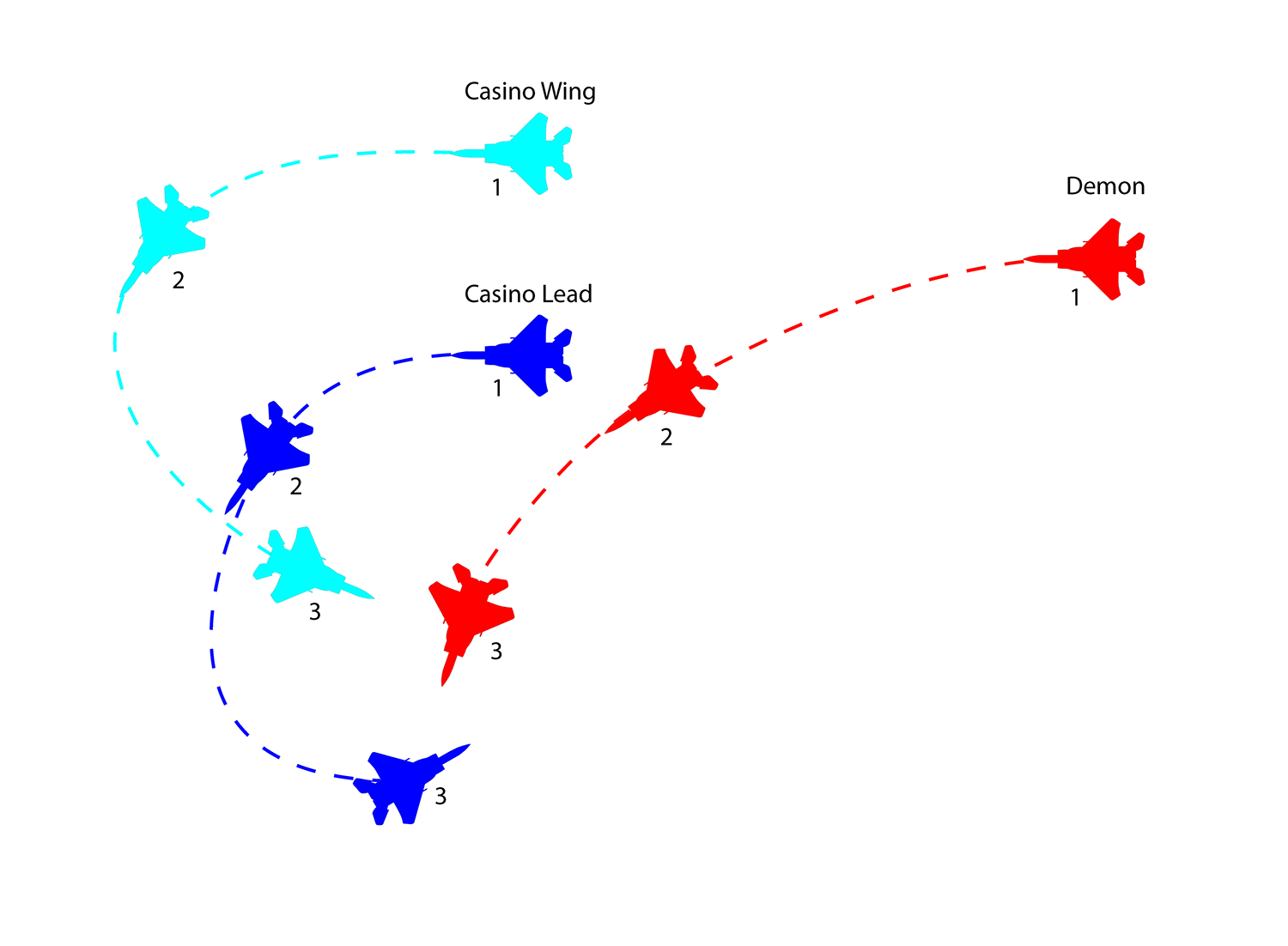Their aircraft was a technological marvel, able to cross oceans faster, higher, and more economically than anything that came before. And yet, there they were. Fiona raised her voice for both men to hear clearly. “First, it appears we do not control pitch, roll, or yaw. Second, we do not control engine speed. Third, unless we regain control, we become someone’s missile to throw at a target of their choosing.” Both men sat quietly. “In this cockpit of ours, we have no physical connection to any of the flight controls or to the engines. Someone, we don’t know who or how, has taken control from us. What am I missing?”

Updated:
2023-12-15
Several years ago, I was asked to investigate a brand new jet that had absolutely no physical connections between any of the flight controls and engines with anything in the cockpit. It was all electrons. One of my first questions was about the separation between the flight control computers and any of the communications buses. In short, was there a way for someone outside the airplane to take control of my airplane?
We bought one of those airplanes before it was certified and after a few learning hurdles (for us and the manufacturer), it has become a very reliable aircraft. In fact, the Gulfstream GVII is the best flying airplane I've ever flown. Still, the question persists. Can the software be "hacked" and take control away from the pilots? I've flown fly-by-wire aircraft from two other manufacturers and I am not sure they are any more or less susceptible to this kind of trouble. I explore these scenarios with this work of fiction. Is what I've written possible? Absolutely. But I believe it is also unlikely. At least I hope it is!
Of course along the way there are a few lessons about how to fly airplanes safely, about leadership, and about people.
If you would like to read it, it is available at Amazon in hard cover, paperback, and eBook. In the meantime, here are a few things about the story to whet your appetite.

1
The principle characters

Photo courtesy of Dave Huntzinger, this is his mom Ada Davidson, circa 1940s.
Fiona Lawless
Fiona Lawless grew up as the youngest of three children and adored her mother, a Chief Master Sergeant in the Air Force. She graduated first in her class at the Air Force Academy, but sadly her mother died of lung cancer before she could see her daughter become the first officer in the family with a long military history.
Fiona kept to herself and refused all social interaction that could have distracted her from her goals to become the first female fighter ace. Known as a woman of few words and what seemed to be a permanent frown on her face, she had few friends and no confidants.
Fiona went on to get her pilot wings and graduated tops in her class again. She went on to fly the F-15 "Eagle," well on her way to achieving her dreams. But life doesn't always work out as planned and she found herself flying a Gulfstream V business jet. Ten years later, she was in charge of her flight department flying a brand new Gulfstream GVII-G600. It was her first shot in a leadership position, and she wanted desperately to succeed. She didn't recognize that her lack of social skills would become a major handicap.

This photo was generated by the Artificial Intelligence generator at Shutterstock, using key descriptions from the story.
John Praeger
John Praeger also grew up as the youngest of three children in a military family. His father, an Air Force pilot, was a Prisoner of War in Vietnam before being liberated, and passed on many of his life's lessons to his children. He died at the hands of a drunk driver when John was ten.
John was studious and reclusive for most of his young life, graduating tops in his University of California electrical engineering class. Though he had no interest in becoming a pilot, he was able to get an Air Force ROTC scholarship to pay for school and was sent to Air Force pilot training after graduation.
Unprecedented budget cuts in the Air Force cost John his wings and he was sent to maintenance officer school, where his "social hermit" ways got him into trouble and almost cost him his first shot at leadership. Fortunately, he learned what he needed to become a "people person" and established a reputation as an effective leader who took care of his people as well as the mission.
His top jobs in the Air Force included a tour as a C-5 maintenance squadron operations officer and an F-15 maintenance squadron commander. After fifteen years with the Air Force and another ten with a major airline, John was hired to ease an established flight department's transition into the world of fly-by-wire technology. Fiona was his new boss.

This photo was generated by the Artificial Intelligence generator at Shutterstock, using key descriptions from the story.
Joe Staley
Joe Staley grew up as the only child of two self-proclaimed hippies who became wealthy by selling rock and roll records and "paraphernalia" in a store they started which later became a nationwide chain of music stores. Growing up with stereos and turntables, Joe was a natural tinkerer with a gift for fixing electronics. He became an electrical engineer at Berkeley, where he and John Praeger became friends.
Despite his deeply held anti-military feelings, Joe considered John Praeger his best friend in school. They had agreed to never discuss Joe's participation in a campus communist group, where Joe was active but not a "card carrying" member. Joe was outgoing and got along with everyone. While his grades were not particularly good, his skill with electronics landed him one of the top jobs given to his graduating class.
After five years with a major company, Joe quit what he considered the Military Industrial Complex, until a socialist group recruited him in an effort, as Joe put it, "to tear the whole damn system apart." One of his ideas was to turn fly-by-wire business jets into weapons of mass destruction. His airplane of choice: the types of Gulfstreams being flown by Fiona and John.
2
The principle aircraft

Gulfstream GVII-G600
Click photo to see gallery
Photo credit: Matt Birch (http://visualapproachimages.com/)
Lockheed C-5 "Galaxy"
Click photo to see gallery
Photo credit: Matt Birch (http://visualapproachimages.com/)

McDonnell Douglas F-15C "Eagle"
Click photo to see gallery
Photo credit: Matt Birch (http://visualapproachimages.com/)
3
A few items of interest

Photo credit: author
Air Combat Maneuvering
Photo credit: author
There is a lot about the F-15 in Fly by Wired, including a section of a training "dog fight" between a flight of two F-15s and an aggressor F-15 in a "2 V 1" engagement. I based much of the scene from talking to F-15 pilots as well as researching Air Force manuals on the subject. The actual maneuver comes from a book, "Fighter Combat Tactics and Maneuvering" by Robert L. Shaw. The maneuver, called a "half split" is something a modern fighter pilot would not be schooled in. I did this deliberately to take advantage of the differences in the pilots in the story. Both pilots in the two-ship were history buffs while the pilot in the single ship was not. From the book:
As with the pure defensive split, the half-split forces the attacker to commit to one fighter or the other, so that the section can clearly define the engaged fighter and the free fighter. Separation is increased to allow maneuvering room for the free fighter, but it is not increased so far that the defenders are likely to lose sight of the attacker or each other.
Source: Shaw, Robert L., "Fighter Combat Tactics and Maneuvers," United States Naval Institute, Annapolis, Maryland, 1985, p. 210


